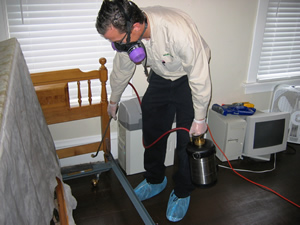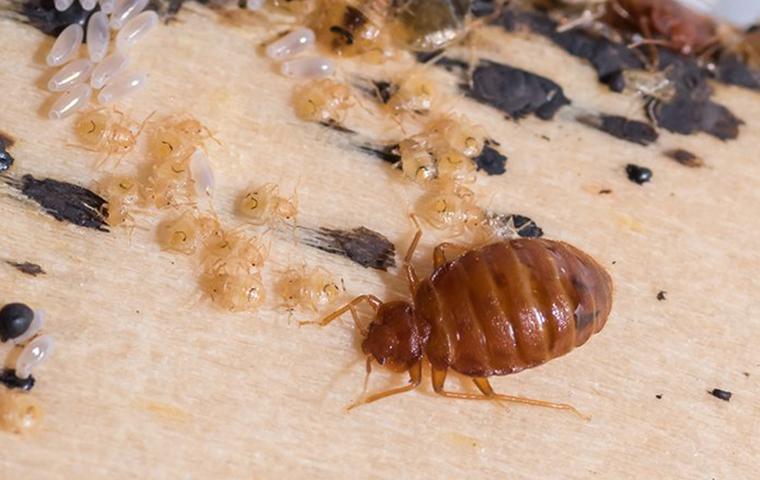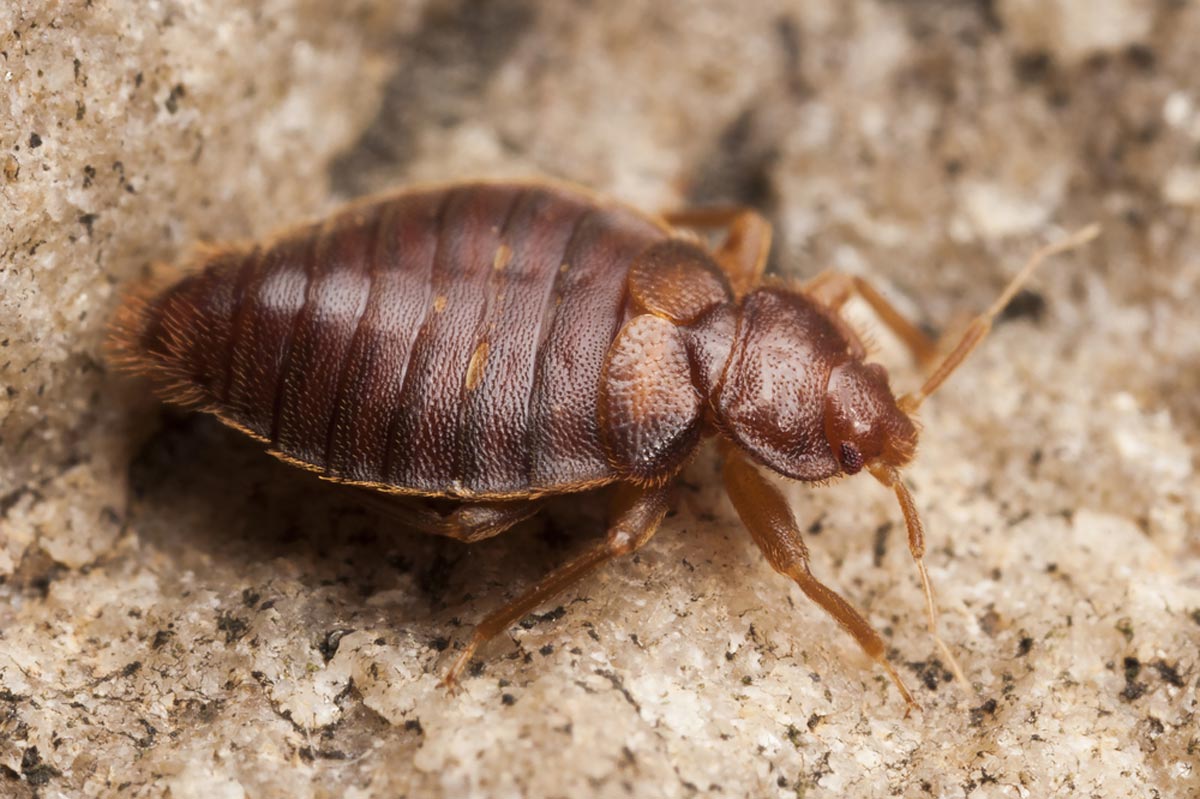Effective Pest Control Methods to Combat Bed Pest Problems
As the prevalence of bed insect infestations remains to climb, the requirement for effective insect control approaches has come to be a lot more pressing. These nighttime insects are well-known for their ability to conceal in splits and holes, making elimination a difficult task. Nonetheless, by using a combination of proactive steps and targeted therapies, it is feasible to tackle bed pest problems successfully. In this discussion, we will check out numerous methods and methods that have proven to be effective in combating these durable bloodsuckers, providing insights into both non-chemical and chemical methods for controlling bed pest populaces (EZ exterminators in las vegas).
Recognizing Bed Insect Actions
Bed pest habits is a critical facet to understand when establishing effective parasite control strategies. Comprehending just how bed pests act is basic in getting rid of infestations successfully. Bed insects are nighttime bugs that feed on the blood of humans and animals. They are knowledgeable at concealing in splits and holes near their hosts, making discovery and removal challenging. These insects are drawn in to warmth and carbon dioxide, which is why they typically live in bed linens, furniture, and wall surfaces close to where people sleep or rest.
Bed bugs duplicate quickly, with women laying numerous eggs in their life time. Their ability to endure for months without feeding makes them durable pests that require comprehensive therapy methods for eradication. In addition, bed pests display a habits referred to as "terrible insemination," where men puncture the women' abdominal area to inseminate, leading to potential infections and physical injury.
Inspection and Detection Methods
Understanding bed insect behavior lays the foundation for applying reliable inspection and detection strategies in combating infestations. When performing examinations for bed pests, it is critical to be thorough and organized. Bed bugs are proficient at concealing in fractures and crevices, so utilizing a flashlight and a magnifying glass can assist in spotting their visibility.
In instances where aesthetic assessments may not be conclusive, employing detection dogs educated to ferret out bed pests can be extremely reliable. These canines have an exceptional capacity to pinpoint invasions, even in hard-to-reach locations. Thermal video cameras are an additional advanced device that can spot warm trademarks sent out by bed pests, assisting in finding covert populations. Generally, a combination of visual inspections, keeping an eye on gadgets, discovery pets, and thermal video cameras can enhance the accuracy and performance of recognizing bed bug problems.
Non-Chemical Therapy Options
Executing non-chemical treatment choices is necessary in managing bed insect invasions while prioritizing environmental safety and sustainability. Warm treatment is a commonly made use of non-chemical method that involves increasing the temperature level in ravaged areas to levels deadly to bed pests. This method passes through deep into furnishings, bed mattress, and wall surface cavities, successfully getting rid of bed bugs whatsoever life phases. An additional non-chemical method is heavy steam therapy, which involves making use of high-temperature vapor to eliminate bed bugs on call. Vacuuming infested locations with a high-powered vacuum can additionally assist reduce bed pest populations by literally eliminating them from surface areas. In addition, enclosing cushions and box springs with bed bug-proof covers can trap existing bed pests inside and prevent new infestations. The use of diatomaceous earth, a natural insecticide, can be reliable in eliminating bed pests by harming their outer protective layer. By using these non-chemical treatment choices, people can fight bed insect problems successfully while decreasing environmental effect.
Effective Chemical Control Methods

One of one of the most usual classes of pesticides made use of for bed pest control is pyrethroids. These chemicals work by disrupting the bed bugs' nerves, inevitably causing paralysis and fatality. Nonetheless, over time, bed insects have created resistance to pyrethroids, requiring making use of different chemicals such as neonicotinoids, desiccants, or insect development regulators.

Stopping Future Problems
To minimize the danger of future bed pest infestations, proactive preventative steps ought to be executed. Additionally, lowering clutter in your home can eliminate concealing spots for bed pests, making it less complicated to identify and attend to any possible problems early on.
Vacuuming carpetings, carpets, and furnishings can help EZ las vegas exterminator remove any bed bugs or eggs that may be existing. Being cautious when acquiring used furniture or apparel can assist prevent the introduction of bed insects right into your home.
Conclusion
